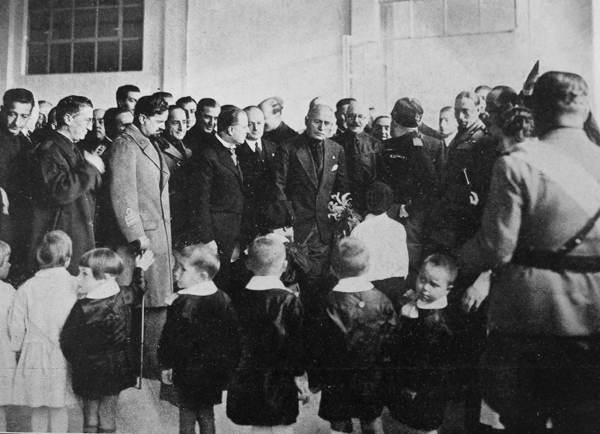
Availability of premium gianduia spreads in the United States has increased dramatically over the past several years, making it much easier to find products of acceptable quality.

Availability of premium gianduia spreads in the United States has increased dramatically over the past several years, making it much easier to find products of acceptable quality.

Ferrero’s transformation and international expansion of the Nutella brand over the past forty-seven years remains one of Italy’s greatest industrial success stories. But something was lost along the way.

Fate dealt Ferrero two blows with the flood of 1948 and, six months later, the death of its founder. The following year, the company reorganized under the direction of Ferrero’s widow Piera, his younger brother Giovanni, and his twenty-five-year-old son Michele (1).

Having discussed the traditional tripartite composition of gianduiotti (i.e., sugar, cacao, Tonda Gentile delle Langhe), we now turn to their shape and three methods of formation.

Most efforts to historically contextualize gianduia focus solely on the era of its presumed invention in the mid-1860s. However, as we’ve seen, many components of the gianduia myth first arose in the 1930s, through Cagliano’s article in Il Dolce (1932), Succ. Caffarel Prochet & Co.’s “Gianduia 1865” marketing campaign (1936), and the booklet Il Cioccolato ed il Suo Valore Alimentare (1933). The 1930s witnessed a confluence of factors favorable to increased prominence and production of gianduia—a perfect storm, with Benito Mussolini at the eye.